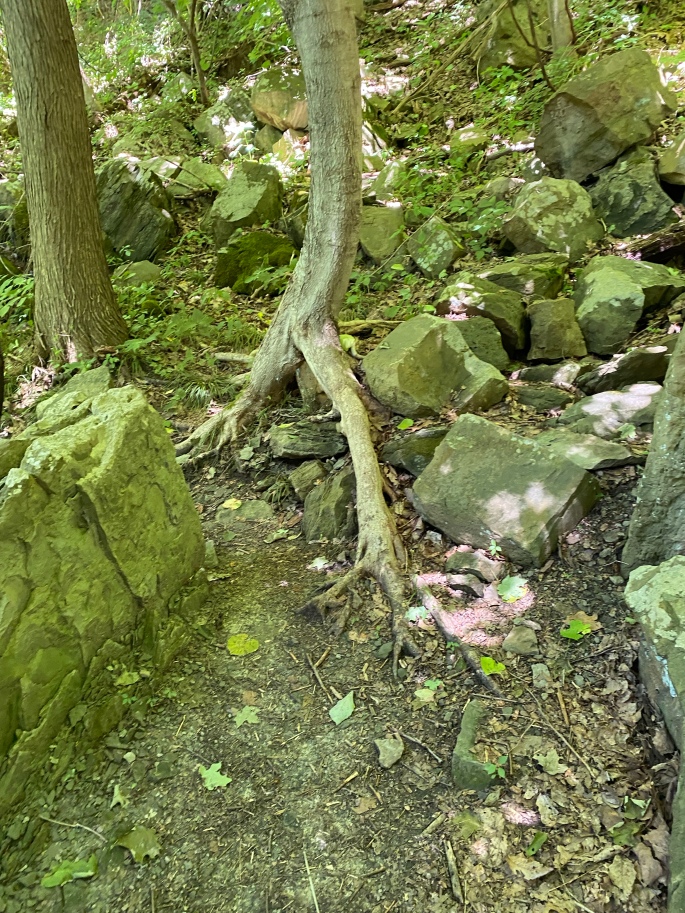“Fresh popcorn is near impossible to resist, second only to fresh donuts.”–Shannon Wiersbitzky, What Flowers Remember
For years, I watched with glazed eyes as others enjoyed donuts.
“Donut go breaking my heart!” I would say to friends and family as they enjoyed their orbs of confectionary perfection.
“Donut worry, be happy!” They would reply, driving me glazy as they handed me a gluten free granola bar. “It’s hole-some.” While I donut want to be ungrateful for their thoughtfulness, a granola bar donut really have a hole of my taste buds.

After years of circling around all of those boxes of glaziness, watching others enjoy those holesome spheres of sweetness, I declared to myself, “Donut let them kill your vibe, Steph! You can simply create your own glaze-of-glory confection!
Away in the solitude of my home work space, feeling glazed and confused, I did what any self-respecting donut-deprived punster would do, scroll the internet for recipe inspiration. I donut, I mean, would not, stop believin’ that I could create a glazy alternative–one that was as close to being as hole food as possible with gluten-free, plant based ingredients. Donut tell me I can’t!

Thus, my holesome quest began. Since then, I have created recipes for Blueberry Lemon-drop donuts and Chocolate donuts with chocolate glaze. So what makes this recipe different from the previous chocolate donut recipe? This recipe comes with the reese of mind that the ingredients are all holesome AND has the added benefit of protein and oats.
Well, maybe the chocolate chips and powdered sugar aren’t particularly as healthy as some of the other ingredients? But holey-moley, donut judge me. You can just glaze over that part! Besides I am fairly certain I sense reesent traces of confectioners sugar on your lips!

While these donuts may not bring world reese, they may have your taste buds singing, “Hole me closer, tiny donut.” May this recipe, or should I say, reese-ipe really get a hole of you, and may you love them a hole lot!
P. S. Reese and desist from blaming me for all of the bad puns, I may have eaten one too many drunkin’ donuts!

Reese of Mind Donuts (gluten-free, egg-free, & dairy-free options)
Donut Ingredients:
¾ cup oat flour (Can use regular oats and used food processor to make it flour)
1 serving chocolate protein powder (I use plant protein.)
2 tablespoons cocoa powder
1 tablespoon ground flax seed
2-3 tablespoons sugar
1 teaspoon baking soda
¼ teaspoon salt
¼ cup applesauce or yogurt
½ cup milk (I use plant based.)
1 tablespoon vinegar
1 teaspoon vanilla extract
Optional: ¼ cup chopped Reese’s pieces
Glaze Ingredients:
1 tablespoon melted butter or coconut oil (I use plant based butter.)
3 tablespoon natural peanut butter, melted
½ teaspoon vanilla extract
¼ – ½ + cup powdered sugar
2+ tablespoons milk (I use plant based.)

Donut Directions:
Preheat oven to 350 degrees and coat 6-donut pan with nonstick spray.
In a large bowl, combine dry ingredients (flour, protein powder, cocoa powder, flax seed, sugar, baking soda and salt) until well combined.
In a small bowl, whisk together wet ingredients (vinegar, applesauce, milk, and vanilla).
Fold wet ingredients into dry ingredients, being careful not to overmix–batter should look/feel thick. If using chopped Reese’s pieces, gently stir them with wet ingredients.
Divide batter evenly among donut molds.
Bake for 15-20 minutes or until a toothpick inserted in the center comes out clean.
Allow to cool 5-10 minutes before turning over onto cooling rack.

Glaze Directions:
In a medium microwave safe bowl, combine butter (or oil) and peanut butter.
Warm in microwave until melted and smooth, stirring occasionally to incorporate.
Stir in vanilla and powdered sugar, stir to combine, adding more powdered sugar if desired.
Gradually stir in milk, 1 tablespoon at a time, until desired glaze consistency is achieved.
Using a spoon, drizzle glaze over cooled donuts.
Feel free to top donuts with chopped peanuts, mini chocolate chips, chocolate sprinkles, or crushed Reeses pieces.
Serve immediately. Can be stored for up to a week in the refrigerator, or frozen for up to three months.










































